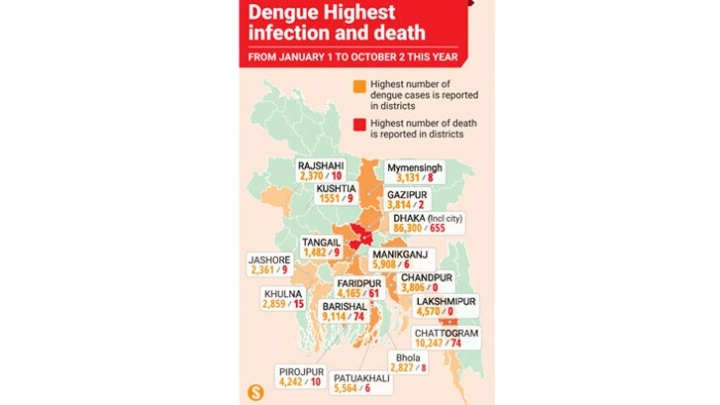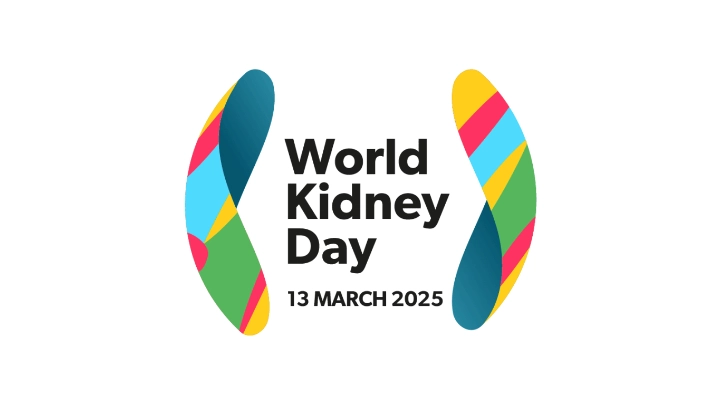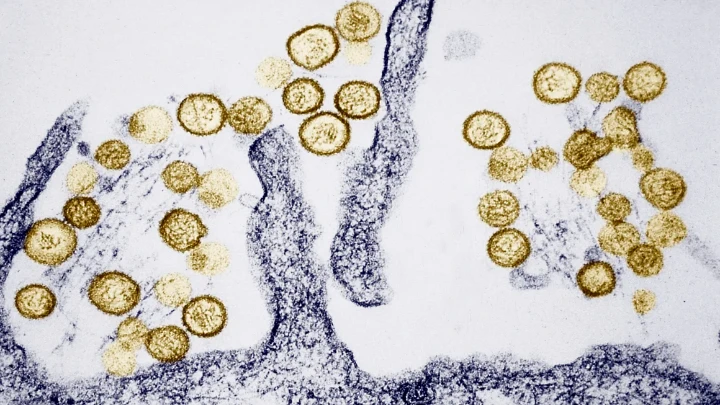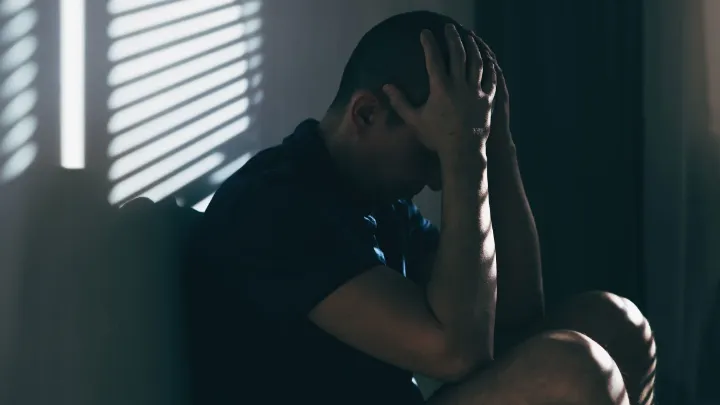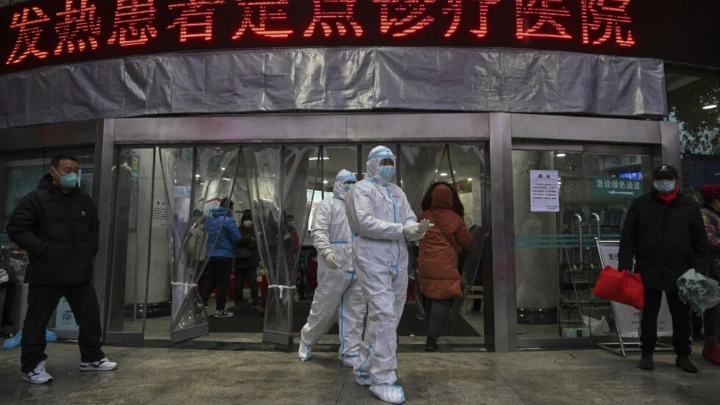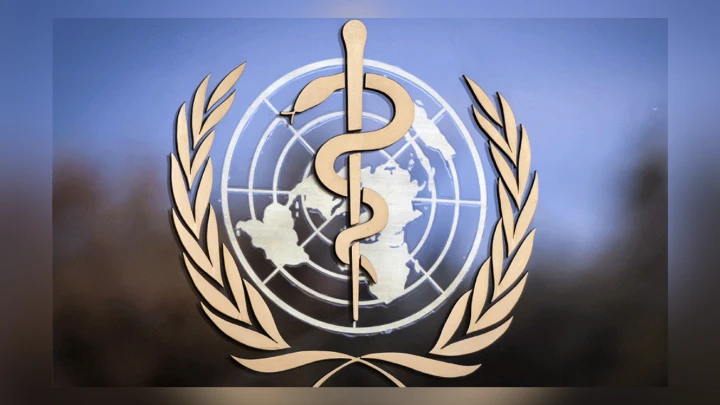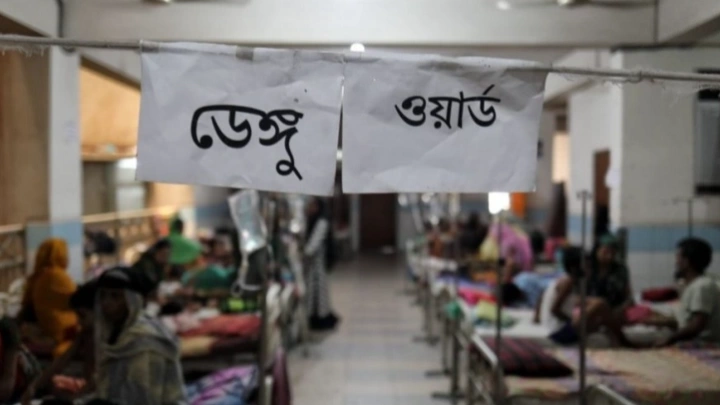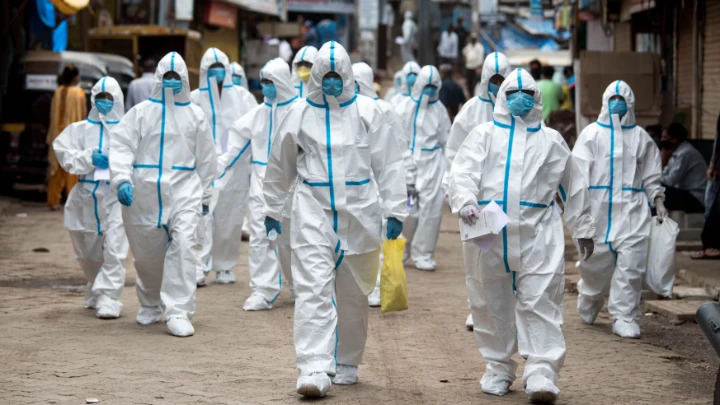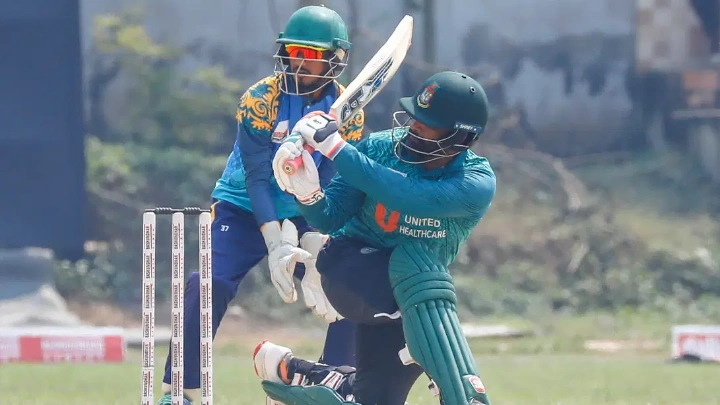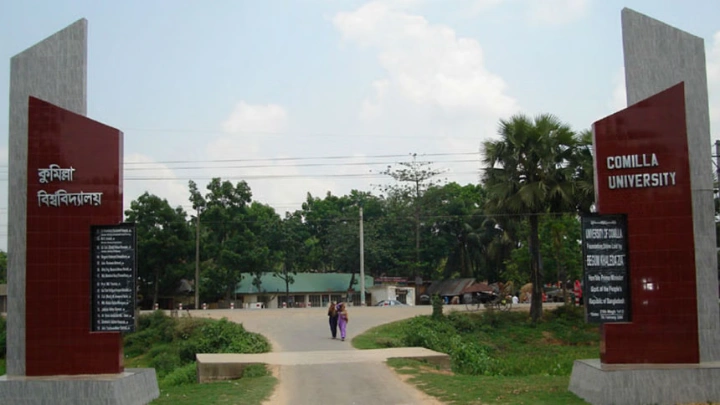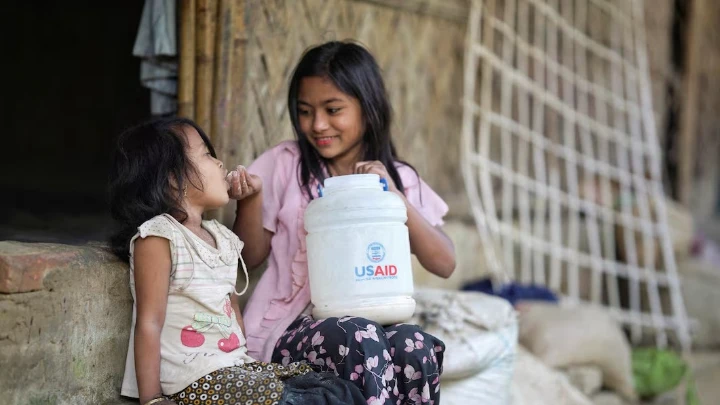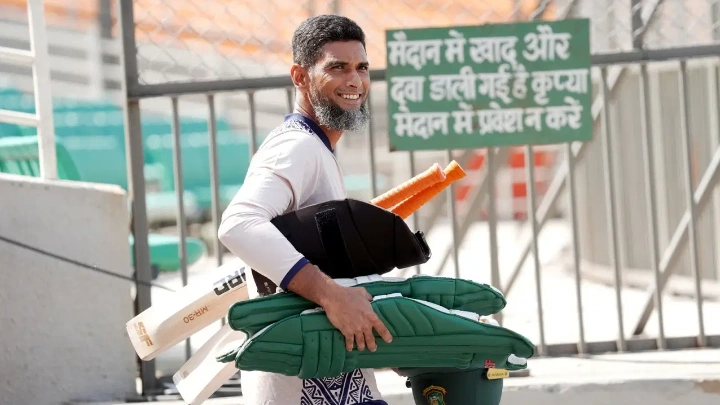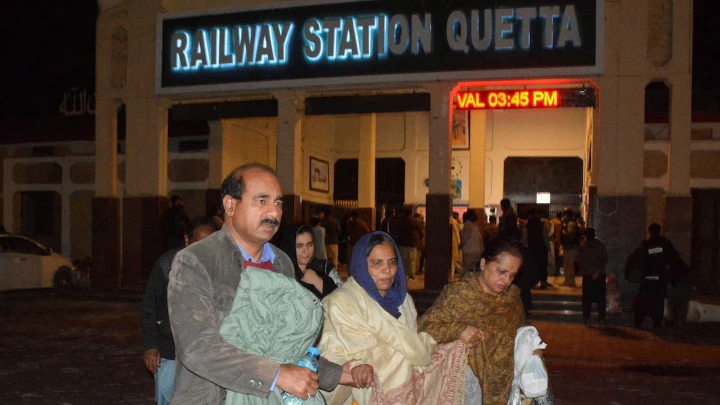Dengue infection: Woe is countryside
DailySun || Shining BD
The number of people suffering from dengue continues to rise outside Dhaka as its vector, Aedes mosquito, has spread to rural areas throughout the country with no immediate respite from the mosquito-borne disease in sight.
The total dengue cases in the countryside have already surpassed that of the capital this season, for the first time since the first outbreak of the disease in the country in 2000.
The daily count in rural areas has outnumbered Dhaka’s tally for over two months.
According to the Directorate General of Health Services (DGHS), the country has so far reported 208,884 dengue cases and 1,017 deaths. Of them, 11 deaths and 2,595 cases were reported in the last 24 hours till Monday morning.
Of the total cases, 124,426 or 59.5 percent have been reported outside Dhaka city while 655 deaths or nearly 64.4 percent have been recorded in the capital.
“The spread of Aedes mosquito, the carrier of dengue, to rural areas is the main reason behind the rise in the number of dengue patients in the countryside,” Prof Dr Nazmul Islam, DGHS director (Disease Control), told the Daily Sun.
He claimed that they are working to ensure treatment for the dengue patients all over the country -- from upazila health complexes to tertiary-level hospitals.
“The dengue testing facility is now available in upazila health complexes. We’ll consider introducing the facility at the community clinic level in future,” Nazmul said.
Of the total dengue cases, 83,851 have been logged in Dhaka city while 33,071 in Dhaka division (except the city), 5,744 in Mymensingh division, 29,848 in Chattogram division, 15,040 in Khulna division, 87,62 in Rajshahi division, 3,968 in Rangpur division, 24,805 in Barishal division and 1,199 in Sylhet division.
This year, the number of dengue cases started increasing sharply from the end of July and the trend still continues.
In the last 10 days from August 23 to October 2, 19,863 dengue patients were hospitalised and 73 died in the countryside while the numbers were 7,169 and 65 respectively in Dhaka city.
During the period, 5,816 dengue patients were reported in Dhaka division (except Dhaka city), 578 in Mymensingh, 4,122 in Chattogram, 3,319 in Khulna, 1,730 in Rajshahi, 422 in Rangpur, 3,799 in Barishal and 93 in Sylhet division.
So far, highest dengue cases have been reported in Dhaka district, including the city (86,300) followed by Chattogram (10,247), Barishal (9,114), Manikganj (5,908), Patuakhali (5,564), Lakshmipur (4,570), Pirojpur (4,242), Faridpur (4,165), Chandpur (3,806) and Gazipur (2,206).
Dhaka district also recorded the highest number of deaths (655) followed by Chattogram (74), Barishal (73), Faridpur (61), Khulna (15), Rajshahi (10), Pirojpur (10), Kushtia (9), Tangail (9), Jashore (9), Mymensingh (8) and Bhola (8).
In the epidemiological week 39 (September 24-30), 18,689 dengue patients were hospitalised and 96 deaths reported in the country.
Of the cases, 5,119 or 27 percent were admitted to hospitals in Dhaka city while 13,570 or 73 percent patients outside the city.
During the same period, 28.31 percent dengue patients were reported in Dhaka district while 5.20 percent in Chattogram, 5.16 percent in Barishal, 5.01 percent in Manikganj, 3.12 percent in Patuakhali, 3.07 percent in Faridpur, 2.74 percent in Lakshmipur, 2.59 percent in Gazipur, 2.46 percent in Khulna and 2.45 percent in Pirojpur.
Talking to the Daily Sun, Prof Dr Kabirul Bashar of Jahangirnagar University, also an entomologist, said the number of dengue patients is increasing in districts due to fresh transmission of the virus and an increase in Aedes mosquito population.
“When fresh transmission takes place in any area, the number of patients may increase for lack of adequate antibody. At the same time, the number of Aedes mosquito has increased in rural areas,” he said.
Mentioning that there is lack of anti-mosquito drive outside the capital, Kabirul Bashar said the local government units, including Union Parishads, have to be active in curbing Aedes mosquito to keep the situation under control.
DGHS sources said an Aedes survey was conducted in Narayanganj and Gazipur cities while some scattered surveys were carried out in Chattogram, Rangamati, Rajshahi, Jashore, Barishal and Patuakhali districts on the initiatives of local health offices to find the density of Aedes.
Both Aedes aegypti and Ades albopictus were found in the surveyed areas.
Shining BD

